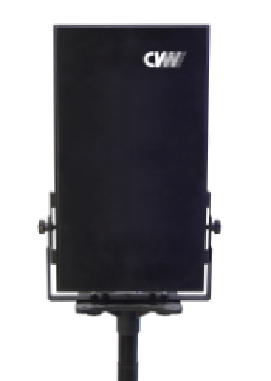Radio, television, and film have become integral parts of our daily lives, shaping our entertainment, information, and communication experiences. These mediums have evolved significantly over the years, revolutionizing the way we consume content. In this article, we will delve into the inner workings of radio, television, and film, exploring their history, technology, production processes, and impact on society.
I. The Evolution of Radio: Radio, the earliest of the three mediums, emerged in the late 19th century and quickly gained popularity as a means of mass communication. We will explore the technological advancements that made radio possible, such as the invention of the telegraph and the development of wireless transmission. Additionally, we will discuss the impact of radio on society, including its role in disseminating news, entertainment, and fostering a sense of community.
II. The Rise of Television: Television, a more recent addition to the media landscape, revolutionized the way we consume visual content. We will trace the history of television, from its humble beginnings as a black and white medium to the advent of color television and the introduction of cable and satellite broadcasting. Furthermore, we will explore the impact of television on society, including its influence on culture, politics, and advertising.
III. The Magic of Film: Film, the oldest of the three mediums, has captivated audiences for over a century. We will delve into the process of filmmaking, from pre-production to post-production, highlighting the roles of directors, producers, actors, and crew members. Additionally, we will discuss the technological advancements that have shaped the film industry, such as the transition from silent films to talkies and the introduction of digital filmmaking.
IV. The Technology Behind the Magic: In this section, we will explore the technological aspects that enable the functioning of radio, television, and film. We will discuss the transmission and reception of radio waves, the role of antennas and transmitters, and the development of digital broadcasting. Furthermore, we will delve into the intricacies of television broadcasting, including the use of cameras, satellites, and cable systems. Lastly, we will explore the technical aspects of film production, such as cameras, lighting, sound recording, and editing.
V. The Production Process: Creating content for radio, television, and film involves a complex production process. We will outline the various stages of production, including scriptwriting, casting, location scouting, set design, shooting, and editing. Additionally, we will discuss the collaborative nature of these mediums, highlighting the importance of teamwork and coordination among various professionals.
VI. The Impact on Society: Radio, television, and film have had a profound impact on society, shaping our culture, values, and perceptions. We will explore the influence of these mediums on entertainment, education, news dissemination, and advertising. Furthermore, we will discuss the challenges and opportunities presented by the digital age, including the rise of streaming platforms and the democratization of content creation.
Radio, television, and film have transformed the way we communicate, entertain, and connect with the world. From the early days of radio to the digital age of streaming, these mediums continue to evolve, offering endless possibilities for content creation and consumption. Understanding the inner workings of radio, television, and film allows us to appreciate the artistry, technology, and impact behind these powerful mediums.

 Multi-camera wireless video transmission
Multi-camera wireless video transmission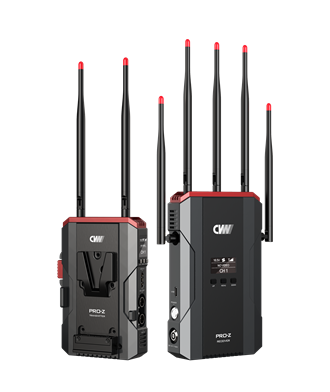 Zero Latency Wireless Video Transmission
Zero Latency Wireless Video Transmission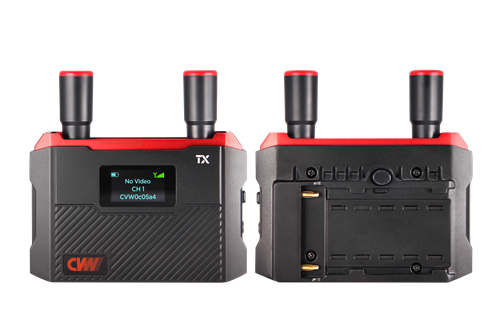
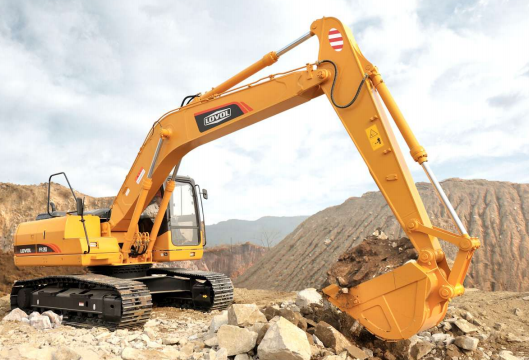 Designed for teleoperating the heavy equipment
Designed for teleoperating the heavy equipment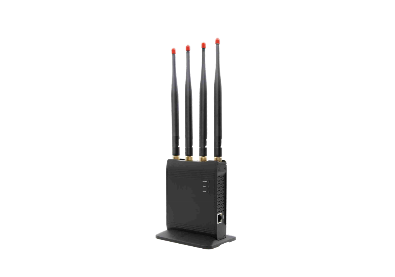 Wireless high-speed data transmission
Wireless high-speed data transmission
